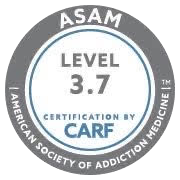What is MAT Treatment for Addiction? Everything You Should Know
What Is MAT Treatment For Addiction? Everything You Should Know Medication-assisted treatment has shown a high success rate in opioid substance abuse treatment. Read on to learn more. Call Us Today What Is Medication-Assisted Treatment? There are several common addiction treatment and management options employed to help with recovery for patients. One of these treatment […]
What Drugs Can Help in Benzodiazepine Withdrawal?
What Drugs Can Help In Benzodiazepine Withdrawal? Discover safe and effective treatment options for benzodiazepine withdrawal in this informative article. Call Us Today What Is Benzodiazepine Withdrawal? Withdrawal from benzodiazepines, or “benzos,” is one of the most severe consequences of addiction. Not only is it intensely uncomfortable, but abruptly stopping benzodiazepines carries the risk of […]
What Causes Tardive Dyskinesia
What Causes Tardive Dyskinesia? Tardive dyskinesia develops as a side effect of long-term use of specific prescription drugs. Learn more about this experience and treatment here. Call Us Today What Is Tardive Dyskinesia? Tardive dyskinesia (TD) is a movement disorder connected to the long-term use of specific drugs that treat mental health conditions. Tardive dyskinesia […]
Pharmacologic Treatments for Opioid Dependence
Pharmacologic Treatments For Opioid Dependence This article discusses opioid dependence treatments, how they work, and where you can get help. Call Us Today What Is Opioid Dependence? The past decades have seen incredible progress in treating opioid dependence and addiction. As the academic communities have gravitated toward treating addiction with the medical model, several opioid […]
Medication-Assisted Treatment for Opioid Use Disorder
Medication-Assisted Treatment For Opioid Use Disorder MAT is a method of treating substance use disorder. It’s effective for individuals with drug use challenges such as opioid use disorder. Call Us Today What is MAT? Medication-Assisted Treatment (MAT) is a standard method of treating substance use disorder within and outside the United States. It’s effective for […]
Lifesaving Naloxone Treatment
Lifesaving Naloxone Treatment Learn about naloxone treatment and how it can reverse an opioid overdose in this informative article. Call Us Today Naloxone Treatment Naloxone treatment, also sold under the brand name Narcan, is a lifesaving medication that can reverse an opioid overdose if used correctly. In contrast to other medications for opioid use disorder, […]
Is Suboxone a Good Treatment for Opiate Addiction
Is Suboxone A Good Treatment For Opiate Addiction? Suboxone treatment can help with opioid addiction recovery and restore people’s quality of life. Learn more in this article. Call Us Today What Is Suboxone? Suboxone is the brand name for a prescription medication combining two substances: buprenorphine and naloxone. It is an effective medication for treating […]
Is Methadone an Effective Treatment for Opioid Addiction
Is Methadone An Effective Treatment For Opioid Addiction? Learn more about methadone treatment, what it is, and how it is an effective method to treat opioid addiction. Call Us Today What Is Methadone? Methadone is a prescription medication often used as part of an addiction treatment program. While methadone is classified as an opioid drug, […]
How Easy Is It to Switch from Buprenorphine to Methadone
How Easy Is It To Switch From Buprenorphine To Methadone? Some people may find that buprenorphine treatment isn’t effective and may want to switch to methadone. Read on to learn more. Call Us Today What is Buprenorphine and Methadone? Both buprenorphine and methadone are opioid drugs. Buprenorphine is a semi-synthetic compound and methadone is a […]
How Does a Doctor Determine When to Prescribe Subutex
How Does A Doctor Determine When To Prescribe Subutex? Learn more about Subutex treatment, how it’s prescribed, and how Subutex differs from Suboxone. Call Us Today What Is Subutex? Subutex is a brand-name prescription medication for buprenorphine, a partial opioid agonist. When talking about Subutex treatment, it’s important to understand what an opioid agonist is […]



